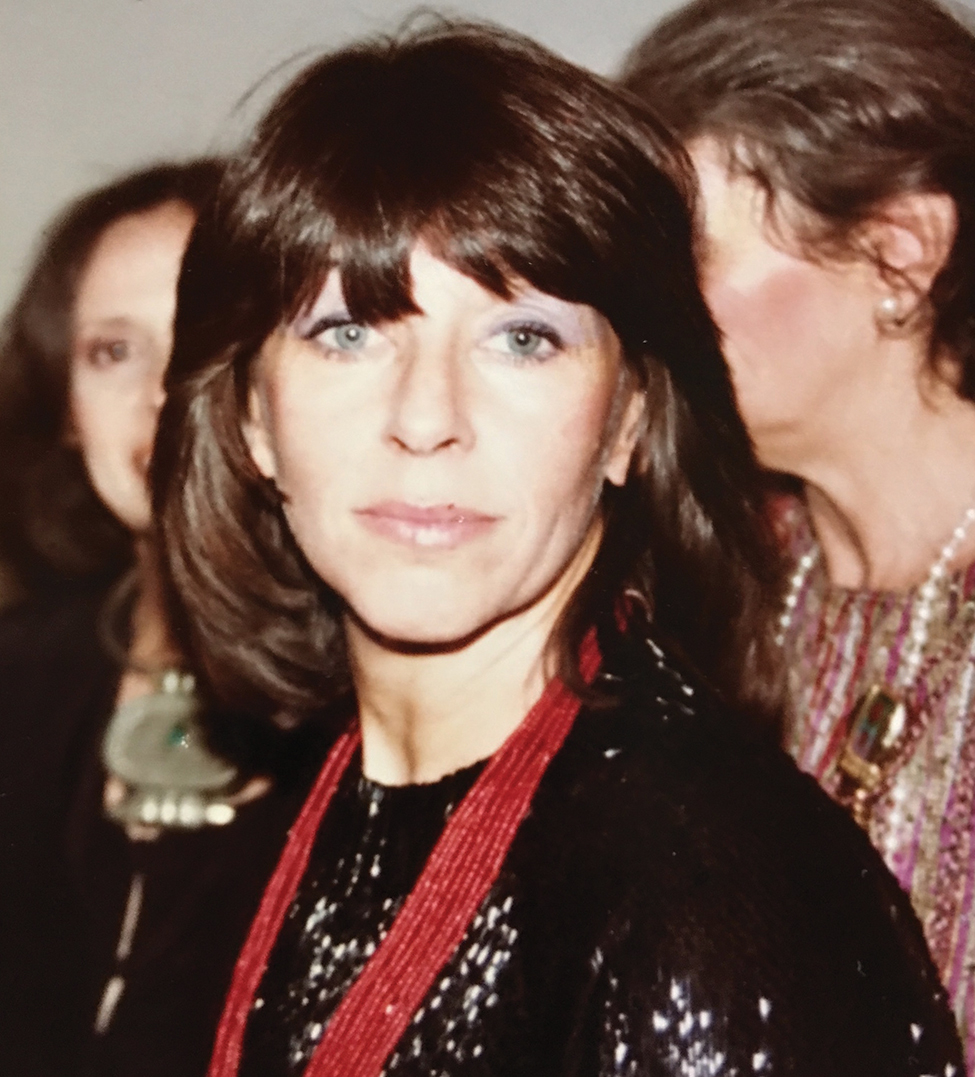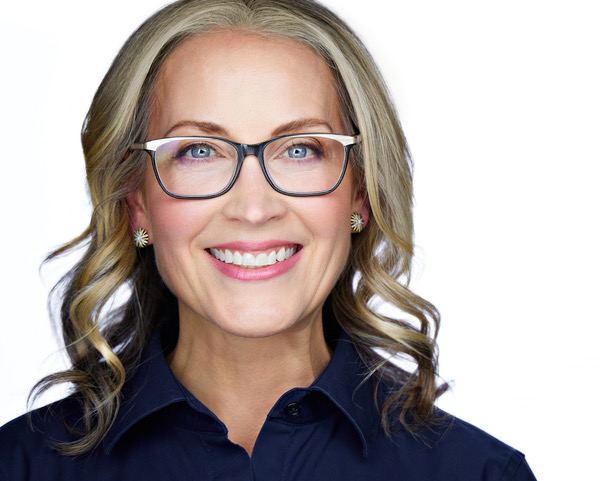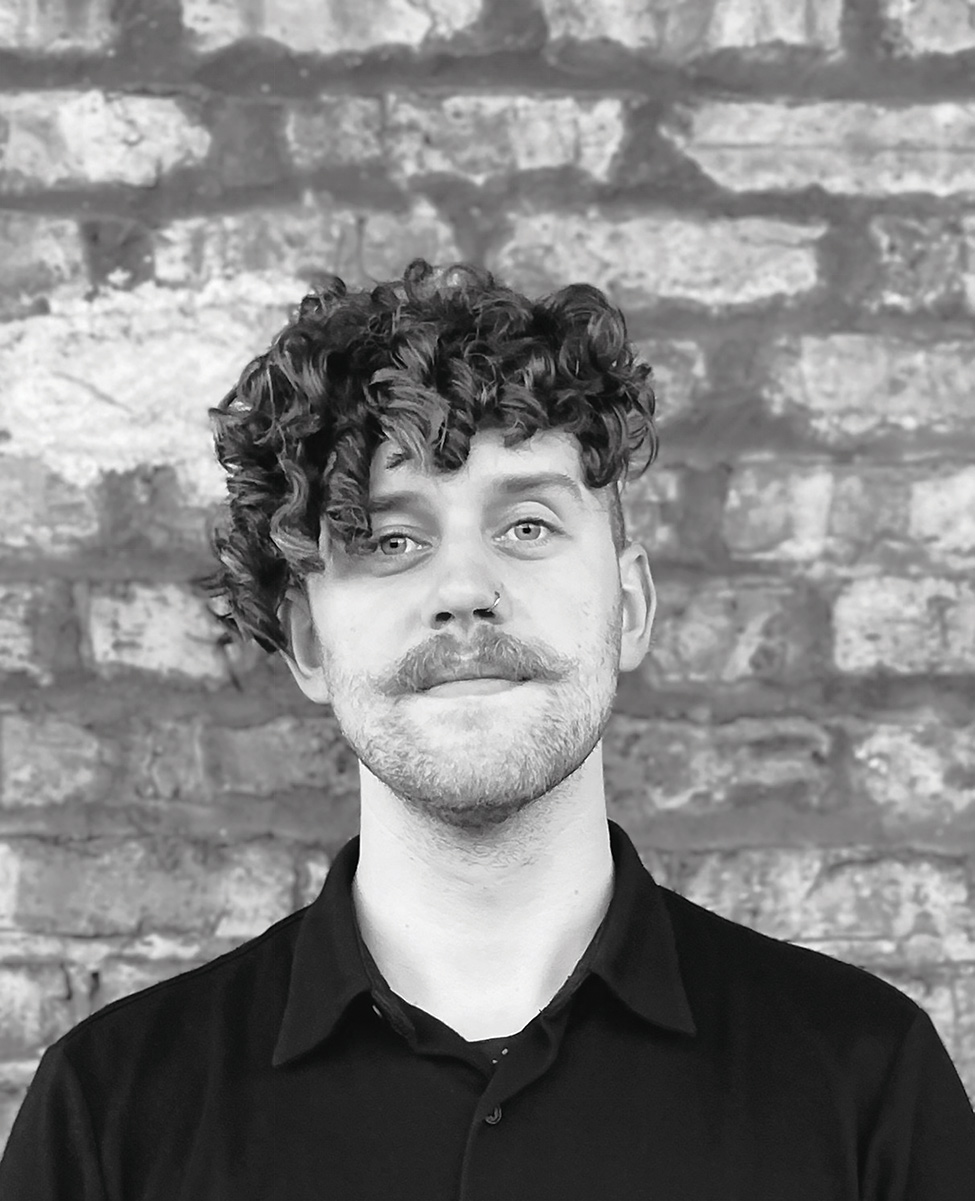Mariane Ibrahim: A West Coast Gallery Moves to Chicago For Its Authenticity


By GINNY VAN ALYEA
This past February word spread that another gallery would open in West Town later in the year. A continuation of the westward expansion, as it’s become known, in Chicago’s art community was not a surprise, but the news that a young, acclaimed gallery was moving to Chicago, after seven years based in Seattle, caught the attention of many in the city and well beyond.
Known for her show-stopping booth installations at international art fairs, Mariane Ibrahim has brought her eponymous gallery, as well as her vision, to Chicago. The gallery opens its doors with a grand opening on September 20 during EXPO Art Week and the start of the third Chicago Architecture Biennial.
When I walked by the gallery’s future home on North Paulina this summer, adjacent to Monique Meloche’s own still-new space, a battered front door gave no clues to the work being done behind the scenes, but a bright green plant and a posted black minimalist sign announced the gallery’s new location and hinted at the vibrancy of what is to come.
CGN had the opportunity to ask Ibrahim a few questions in the midst of a busy move and renovation, while she prepares for an inaugural exhibition featuring new work by artist Ayana V. Jackson.
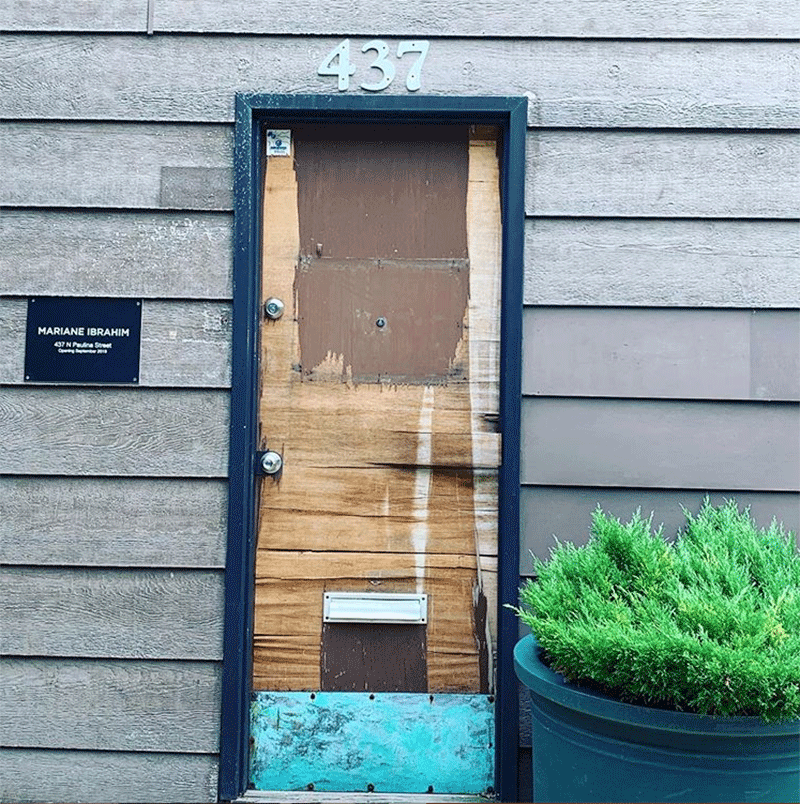
CGN: When did you first open your gallery? What led you to the art business?
Mariane Ibrahim: The gallery was founded in 2012 in Pioneer Square, Seattle, where we launched a selection of renowned and emerging African descent artists.
I was led to the art business because I noticed a lack of representation for emerging African artists, at that time, particularly in Seattle, but of course this was also true on a global scale. I launched the space with a vision to juxtapose a selection of diverse emerging artists.
CGN: What drives the gallery’s program now? Many of your artists haven’t been widely exhibited yet.
MI: Our program is driven by our commitment to our artists, and that is reinforced by our curatorial program, which is focused on furthering the development of rising artists such as Amoako Boafo and Clotilde Jiménez, whose work we displayed at EXPO CHICAGO in 2018 in a solo presentation, as well as Thenjiwe Niki Nkosi, whose paintings we exhibited at Frieze this past spring. Artist Lina Iris Viktor will have her first institutional solo show in London this September, at the Autograph space.
Over the years, we have worked to establish relationships with major institutions in the United States and Europe, and we are eager to continue developing opportunities for our represented artists, in addition to our global selection of art fairs where we exhibit annually.
CGN: You’ve just moved your gallery from Seattle to Chicago. What are some of the biggest draws for making the move here?
MI: Our decision to move the gallery to Chicago stemmed from our interest in the city’s diverse artistic community and creatives. All roads lead to Chicago. Chicago is a city rooted in its rich historical and cultural landscape, one whose authenticity is a rarity in the United States. As we continue to reflect our vision, to serve as a catalyst for our artists’ commentary on social, economic and racial disparities, we embrace societal factors present in all metropolitan cities, particularly in Chicago.
CGN: Can you describe some of your biggest challenges as a dealer to date, as well as any successes?
MI: The art market is unpredictable. There are various factors that intervene. As a gallerist, you constantly have to watch, research and adapt to every change. Our biggest challenges and biggest successes are intertwined in our risk taking. Every challenge is a learning experience, and success is an opportunity to re-assess. We deal with passion and commitment, independent of results.
CGN: You are one of just a few Black female gallerists showing at an international level. Undoubtedly there is a high interest right now in art by African and African American artists, and by extension a young dealer who grew up in Africa. Can you talk about what that kind of scrutiny and expectation that creates for you?
MI: Sadly, being one of the few is not comforting, but there were those before me, and there will be more. Karen Jenkins-Johnson has been operating for 20 years in the art world, and young gallerist Rakeb Sile from Addis Fine Art has taken her gallery to a global stage, while still operating in the capital of Ethiopia, Addis Ababa.
Diversity in the art world does not only apply to artists but to curators, gallerists, collectors, art critics and scholars as well. There is a growing interest in Black artists, however the choice for anyone to work with a dealer should not be defined by race, gender or religion. It must be a great fit and a mutually beneficial relationship. I certainly hope the artists we represent do not choose me for my ethnicity but because of the work I perform on their behalf. We highly serve the expectations of our artists.
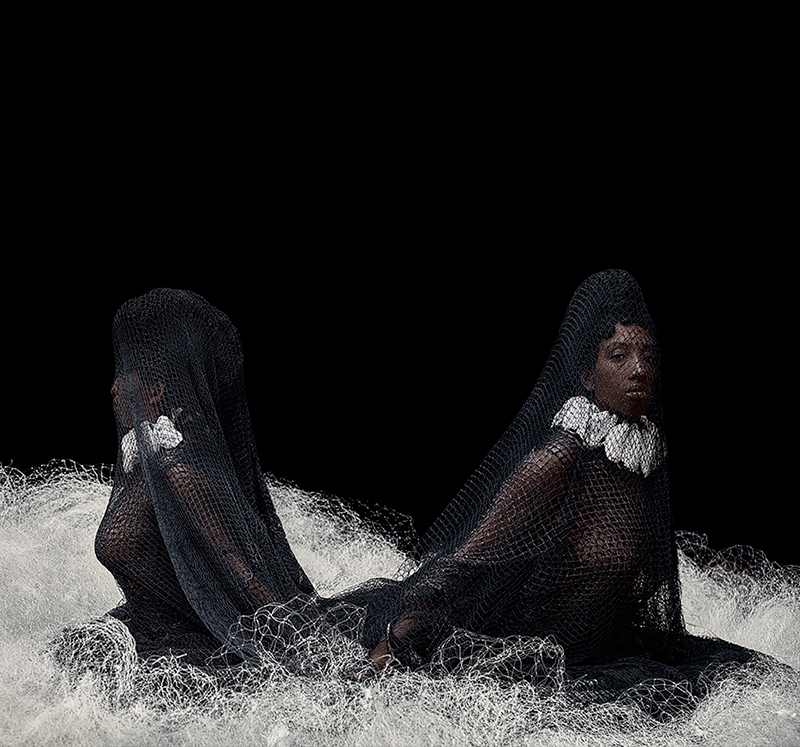
CGN: What do you have planned to inaugurate the gallery in Chicago in September? What you will you show at EXPO?
MI: To inaugurate our new space, we are pleased to present Take Me to the Water, a solo exhibition of never before seen, large scale new works works by Ayana V. Jackson. The exhibition presents a holistic survey of Jackson’s work to date, a culmination of varied discursive elements present in her career.
For our second participation at EXPO, we will present a group exhibition.
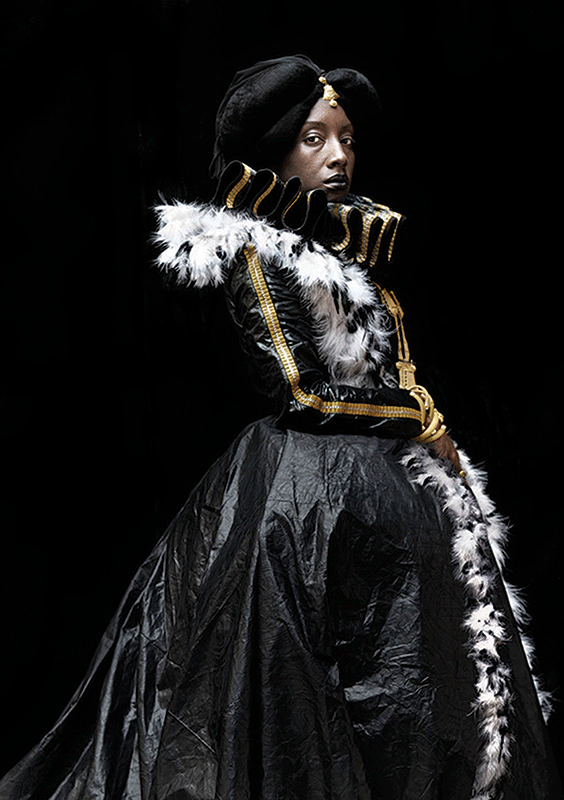
CGN: What’s your favorite pursuit outside the art world?
MI: I’ve always dreamed of becoming a florist.
Mariane Ibrahim Gallery opens its inaugural exhibition on Friday, September 20, 2019 at 437 N. Paulina in West Town.
